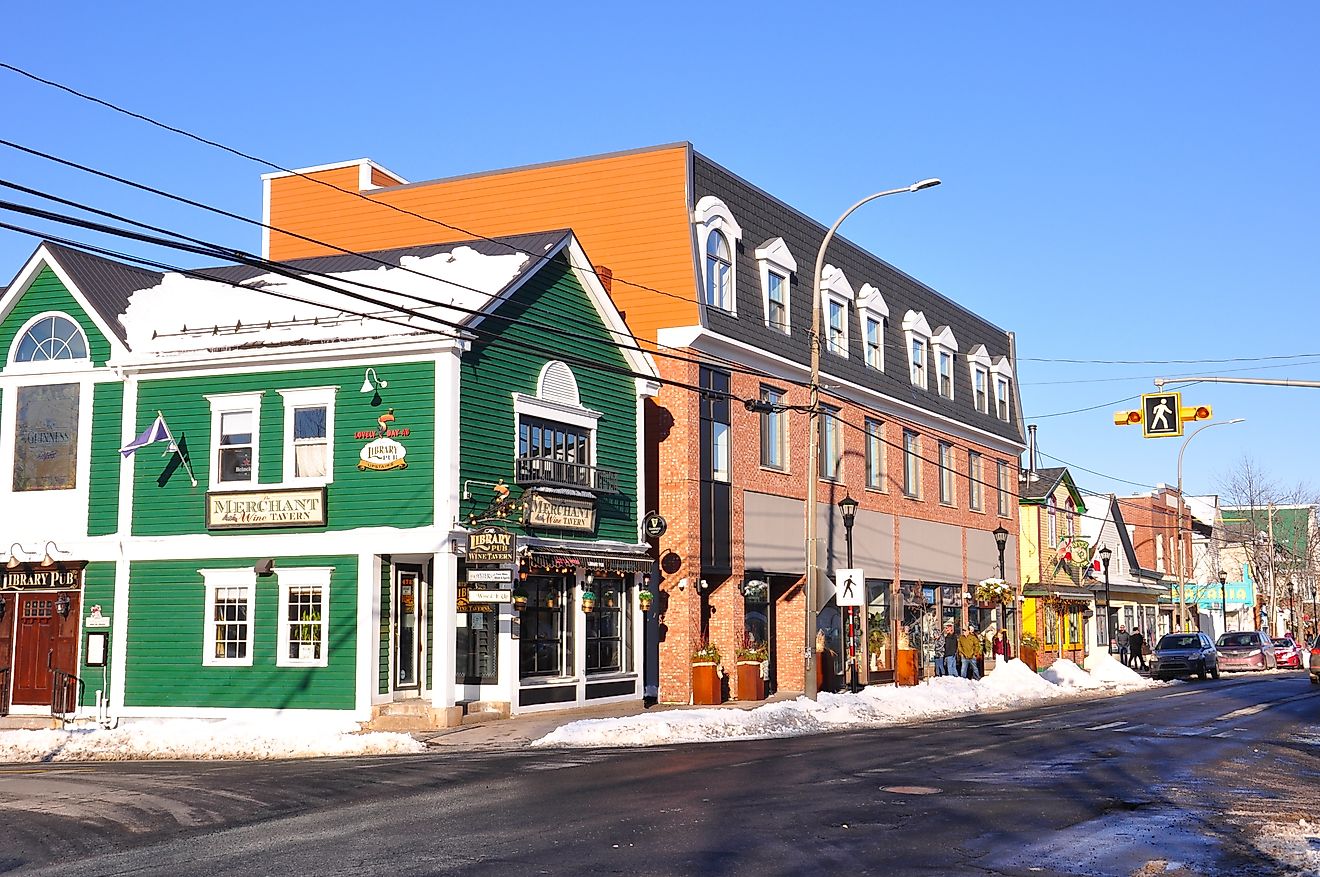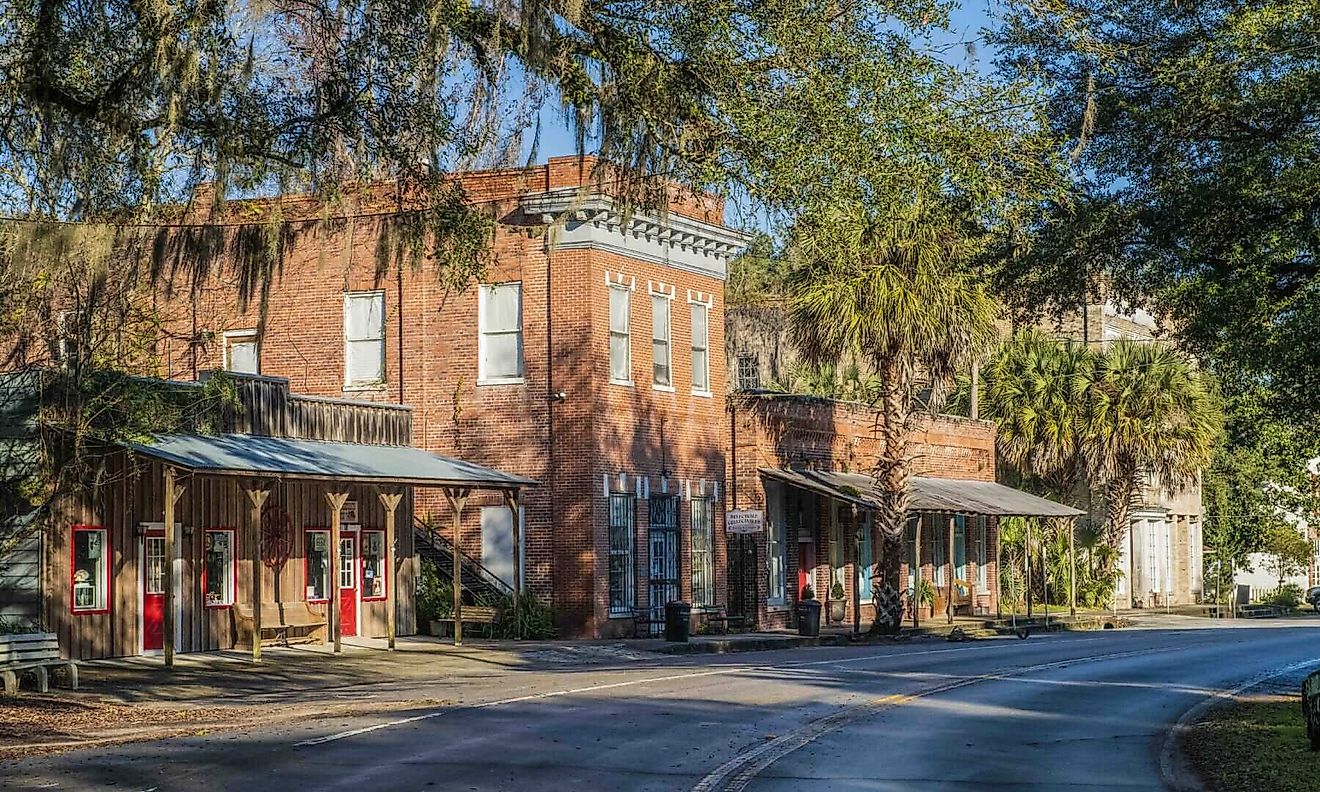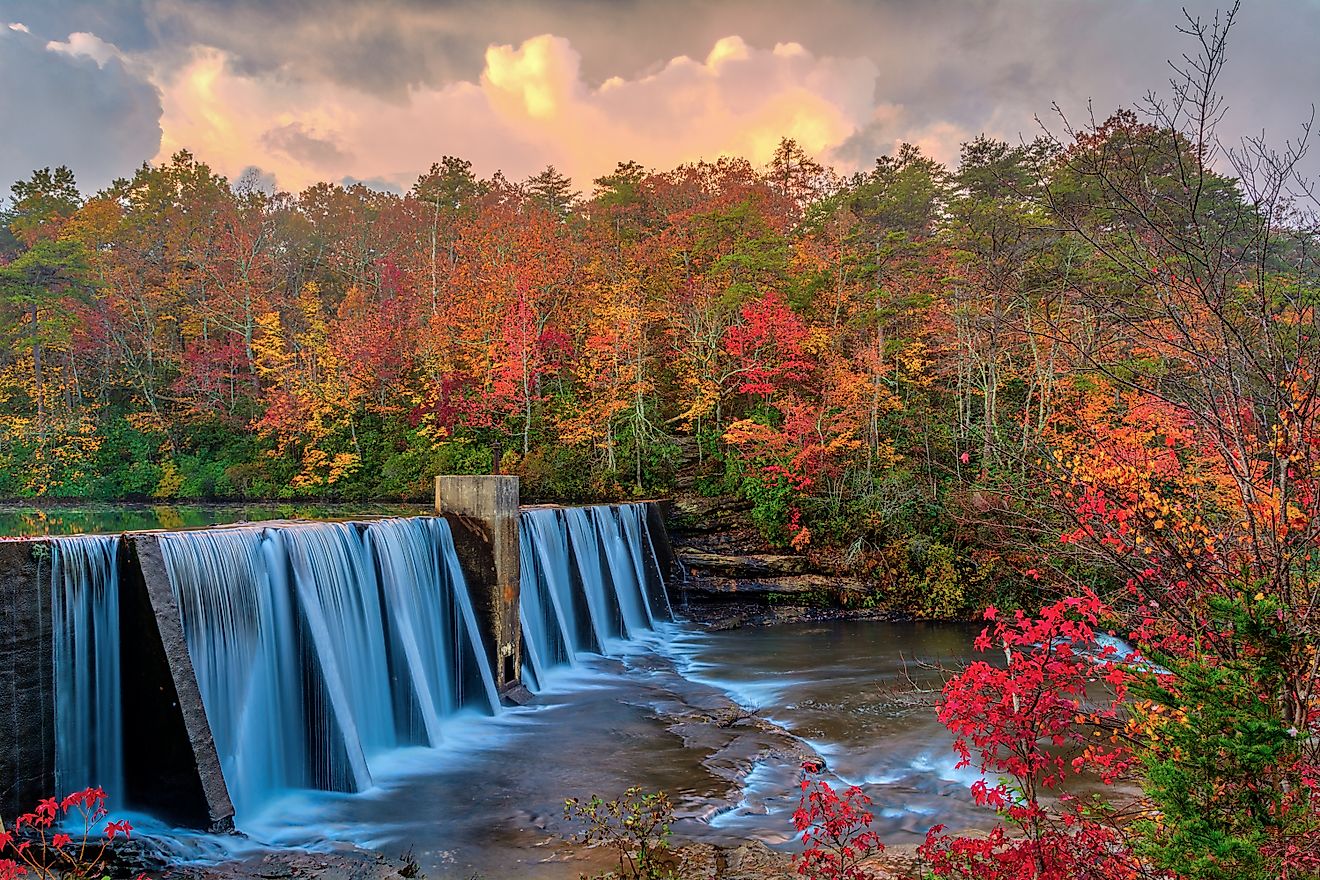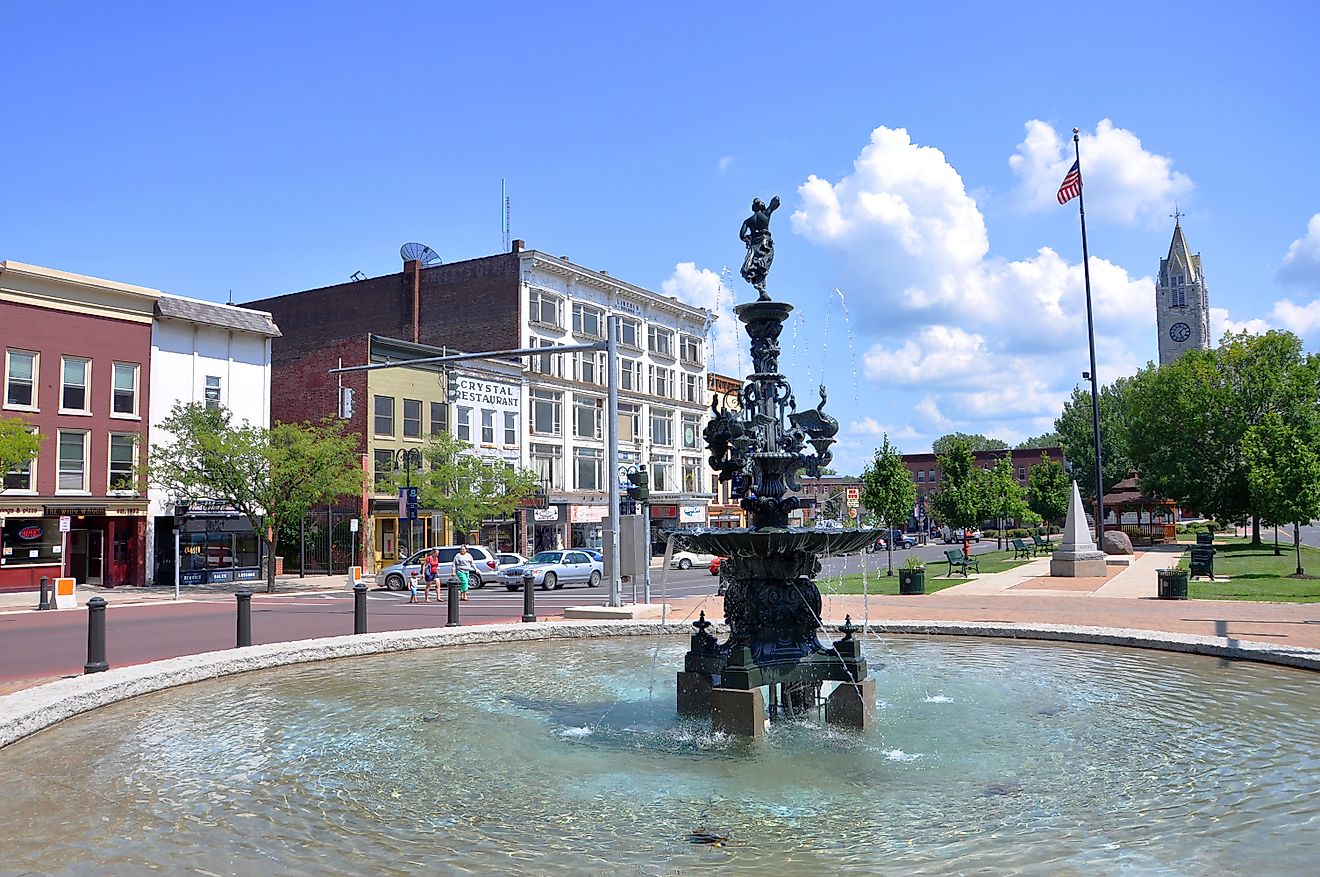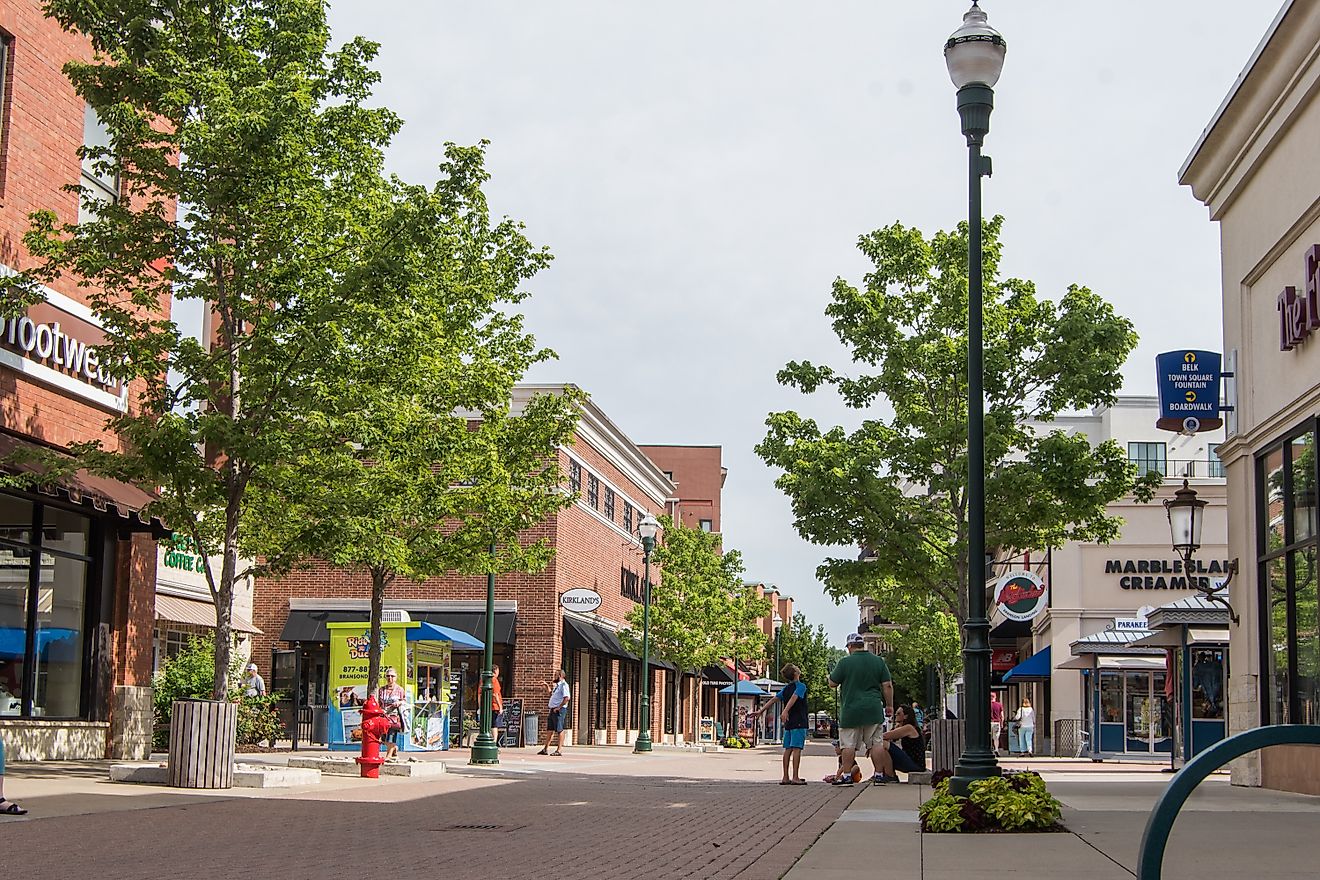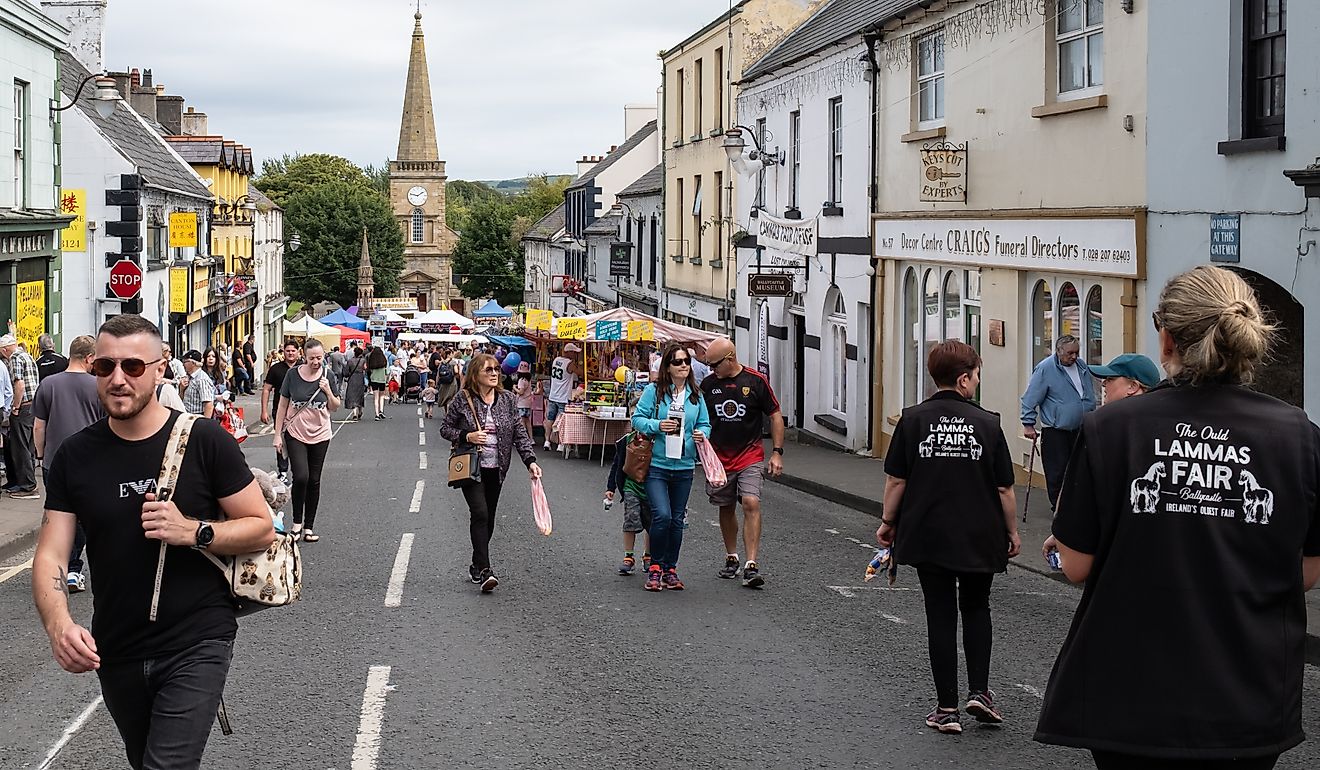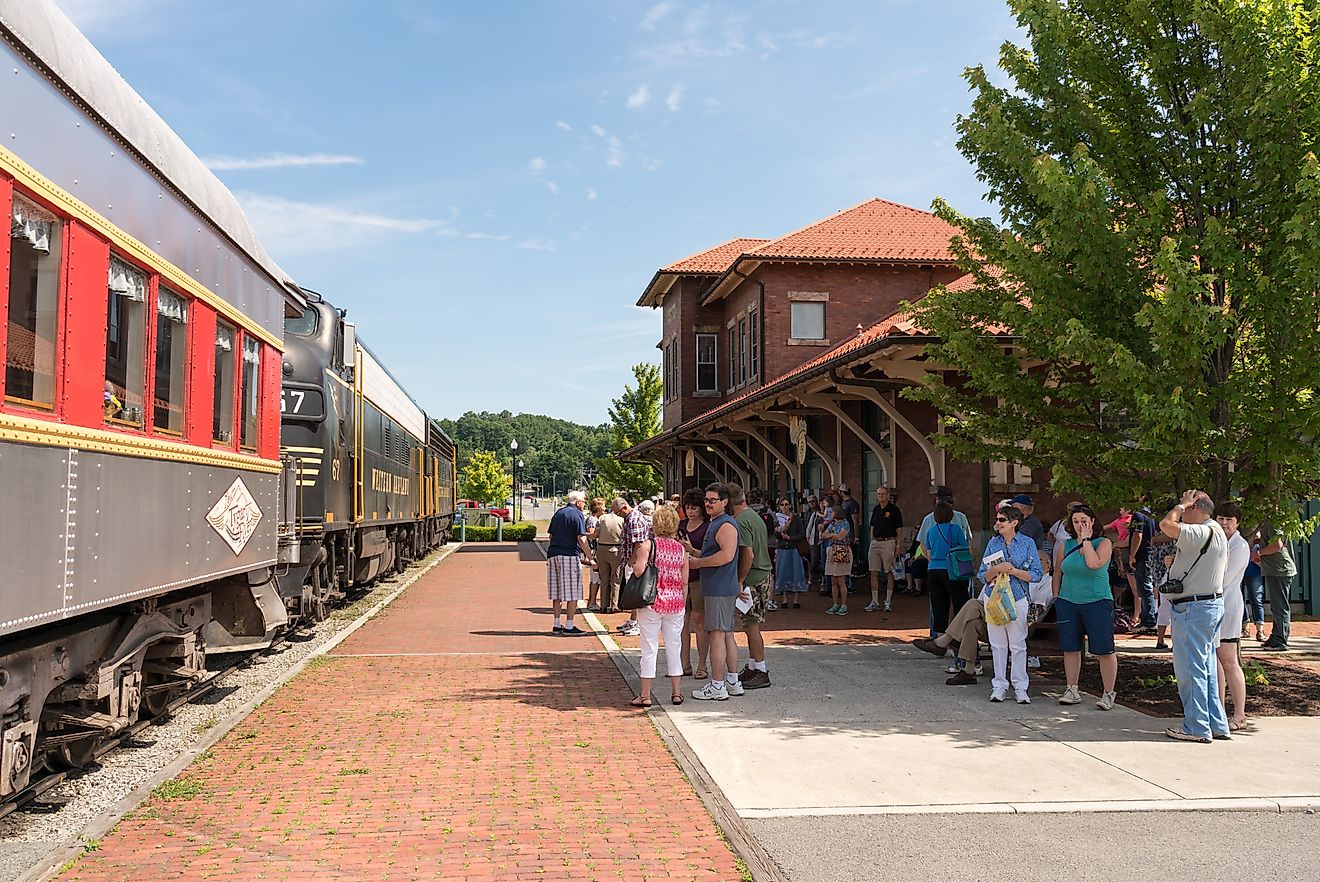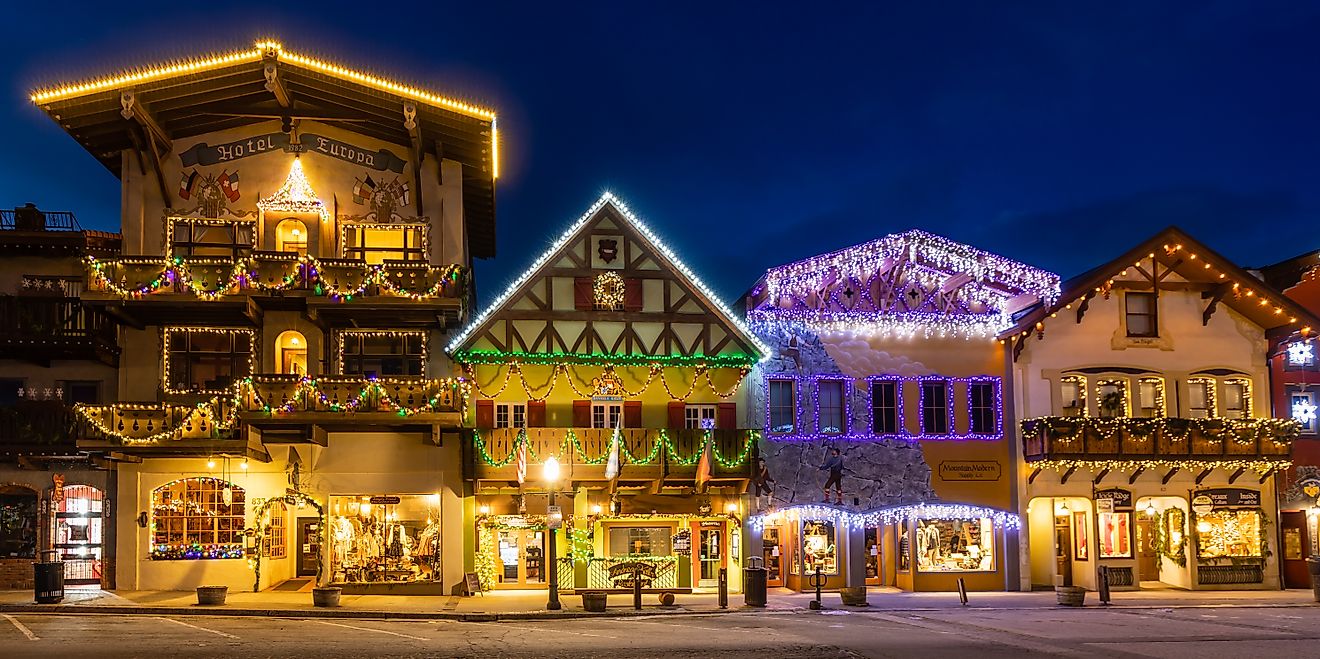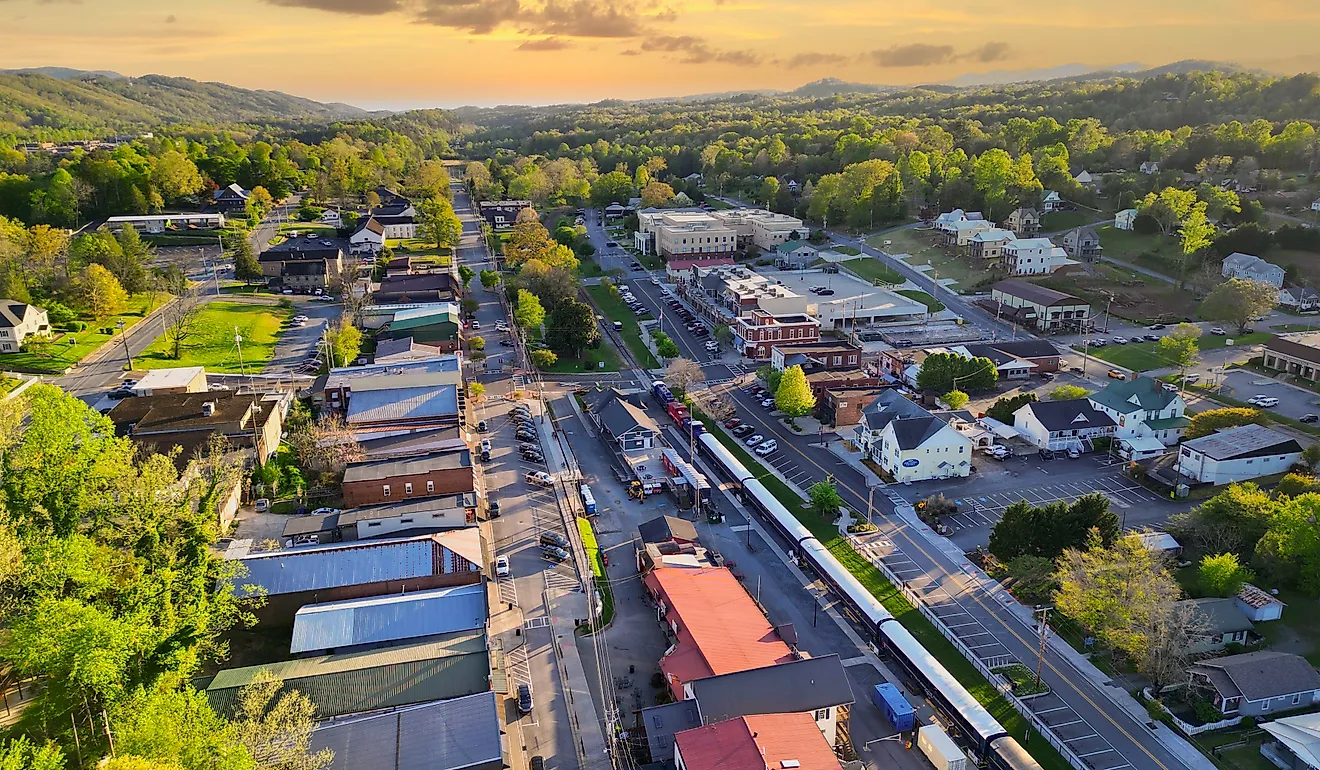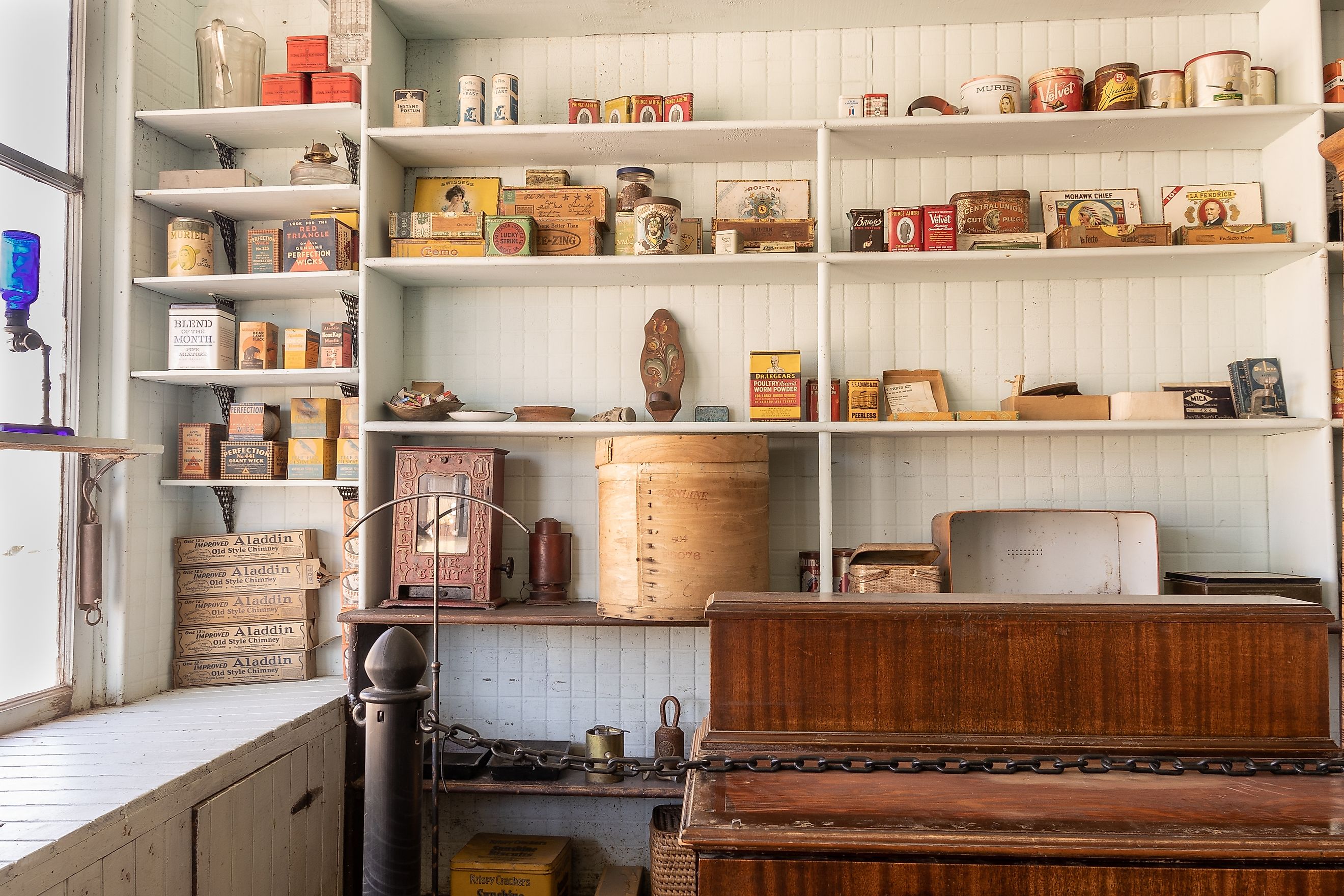
7 Old-Timey General Stores In North Dakota
Before supermarkets and big-box stores took over, general stores were where life happened in North Dakota. They sold everything from flour and fabric to penny candy and homemade soap, but just as important, they were places to catch up with neighbors, swap stories, and share a cup of coffee. A few of these old-time stores are still around today. Some have been restored with care, like the Frontier Village General Store in Jamestown, while others, such as the Dr. S.W. Hill Drug Store in Regent, quietly serve their communities in different ways. Whether tucked in a historic village or standing proudly along a quiet main street, they offer a warm, nostalgic window into the rhythms of daily life and the enduring spirit of the state.
Frontier Village General Store
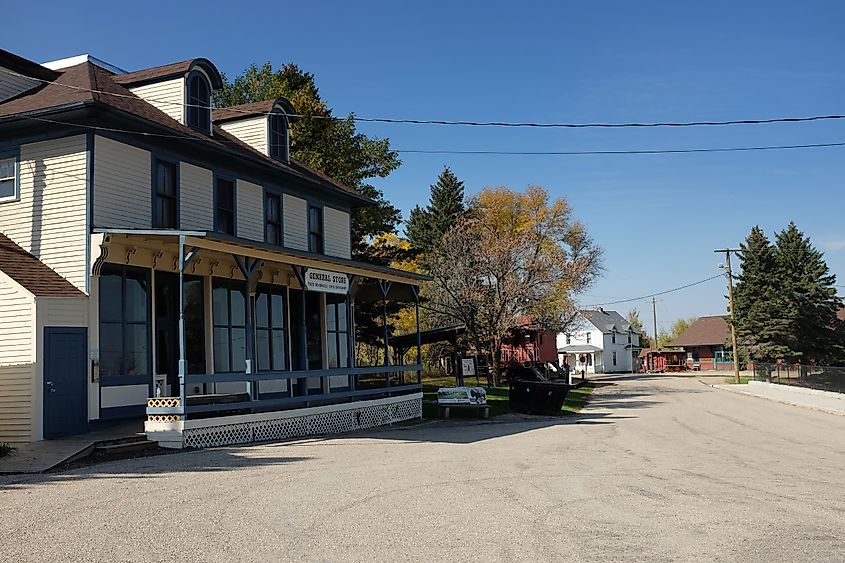
Located within Frontier Village in Jamestown, the General Store recreates the look and feel of a typical 19th-century prairie town shop. The area features original and replica buildings that illustrate life in North Dakota during the late 1800s and reflect the state’s early settlement history. Today, the store serves as both a tourist attraction and a revenue source to support Frontier Village.
About half of the store is dedicated to food and refreshments, offering hand-dipped ice cream, kuchen, pies, dessert bars, and cookies. Visitors can also enjoy root beer floats made with locally brewed root beer, along with simple lunch options like sandwiches, snack packs, and chips. The other half of the store features items such as coffee, popcorn, pretzels, jams, syrups, and seasonings. In addition, the store has Jamestown and Frontier Village-themed souvenirs, such as T-shirts, sweatshirts, postcards, stickers, and books.
Joe Ferris General Store
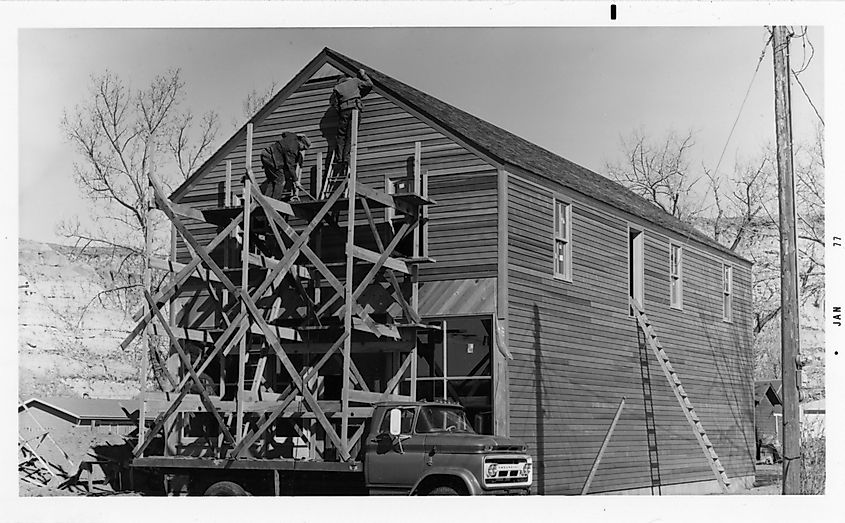
In the heart of downtown Medora, the Joe Ferris General Store has been greeting visitors since the 1880s. Originally established by Joe Ferris, the store served as a vital frontier trading post. It supplied prospectors, cowboys, and ranchers passing through the Badlands with goods they couldn’t easily find elsewhere. There are even accounts of President Theodore Roosevelt stopping in during his time in the area. Ferris kept the store open for years before handing the business over to his son. In 1925, his son sold the store to a Dickinson businessman, which led to its closure.
Nearly four decades later, Harold Schafer restored the Joe Ferris General Store as it is known today. It welcomes travelers from across the country with shelves stocked with nostalgic souvenirs, handmade crafts, vintage-style candy, regional books, and Medora-themed gifts.
Tokio General Store
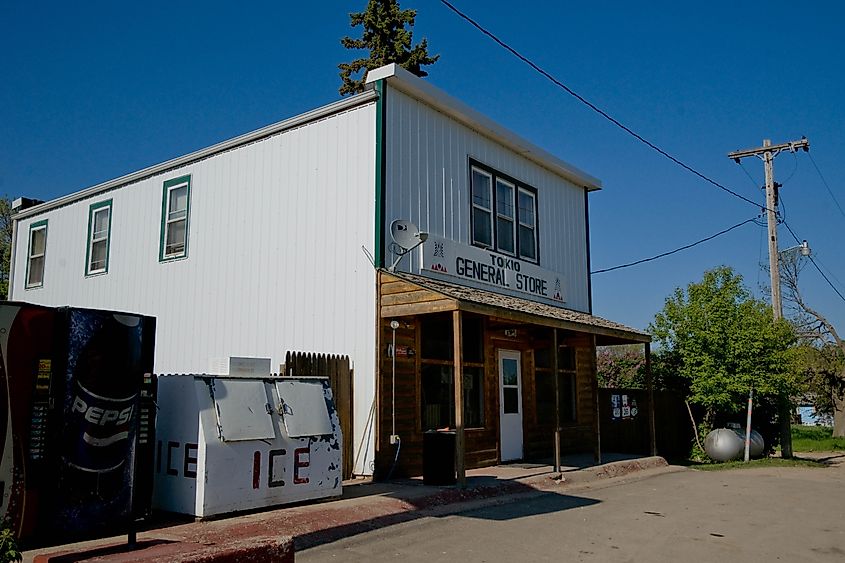
The Tokio General Store remains one of the few retail businesses serving the community of Tokio, an unincorporated area on the Spirit Lake Nation in Benson County. Tokio was established in 1906 as a station on the Great Northern Railway. By the 1920s, the town supported multiple businesses, including general stores, a post office, a bank, and grain elevators.
Though economic shifts have led to the decline of many local establishments, the Tokio General Store remains a vital part of the community. It provides everyday essentials, snacks, and a gathering place for locals in this rural area, where shopping is limited. The store may lack historic designation or period architecture, but it continues the tradition of rural general stores serving as crucial hubs in small prairie towns.
Furnberg Store
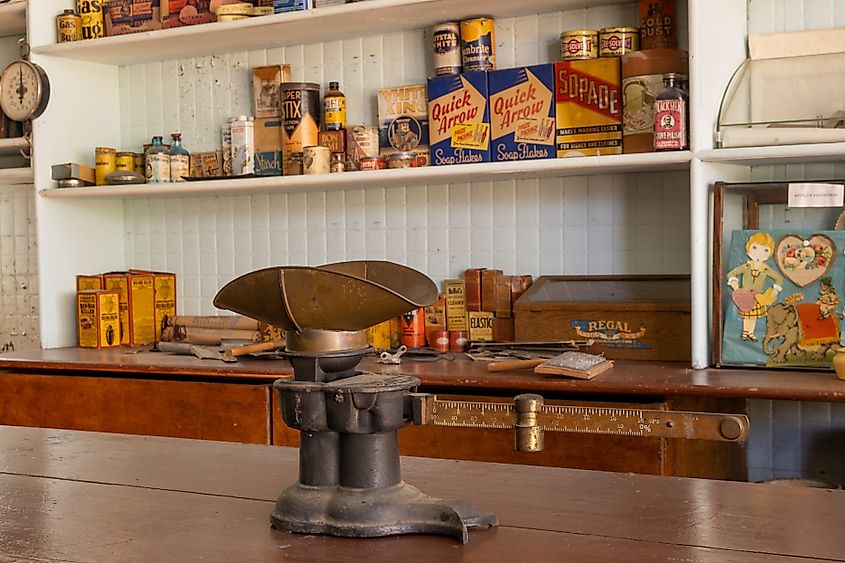
The Furnberg Store was built in 1899 by Christian and Johanna Furnberg in Osgood, a few miles south of West Fargo. It served as a general store, blacksmith shop, and post office, stocking groceries, clothing, and farm supplies. A blacksmith worked in the back room, while outside an oil shed and gas pumps provided coal, kerosene, and gasoline. Furnberg also ran a printing press and served as Osgood’s postmaster until 1911.
Open six days a week for over 50 years, the store was run by the Furnbergs until 1948, when their son and his wife took over. It closed in 1953, and in 1968 the family donated the building and its original contents to the Cass County Historical Society. Today, the restored store stands at Bonanzaville, where visitors can see its shelves of period goods and explore a preserved piece of Osgood’s past.
Dagen's Grocery
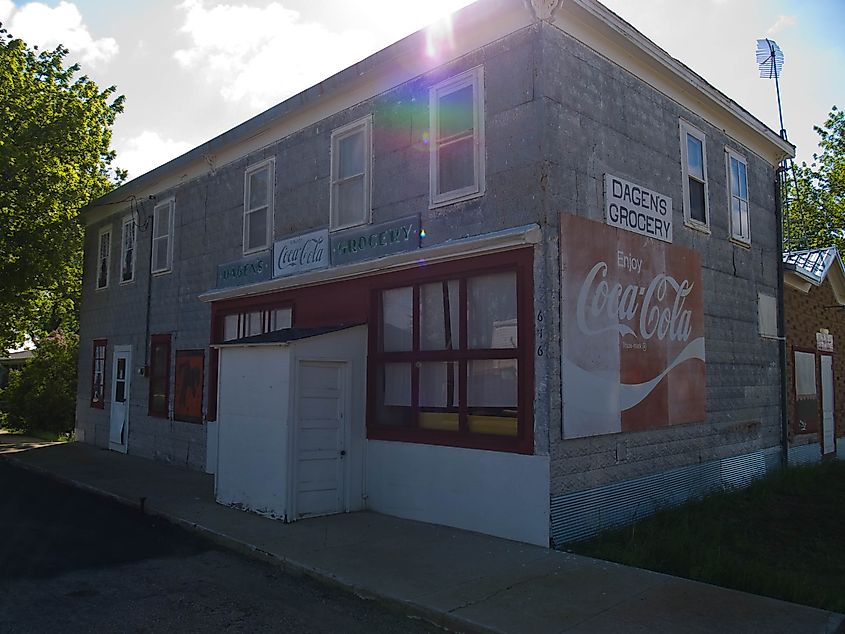
Built in 1905, Dagen’s Grocery in the small town of Jud has been part of local life for more than a century. Originally known as the Ole B. Johnson and Sons Hotel and Store, it served many purposes, as it housed the town’s first post office, operated as a hotel, and functioned as both a general store and a cream and egg station. Its pressed-metal exterior and the adjacent station’s false-brick asphalt siding remain much as they were in the early 1900s, along with historic enameled-metal signage that still hints at its busy past.
Today, Dagen’s Grocery is listed on the National Register of Historic Places and opens seasonally as a local history museum, offering insight into the life of North Dakota's early settlers. As one of the few surviving examples of its kind, the building continues to reflect the enduring spirit of Jud and the community it has served for generations.
Ontario Store
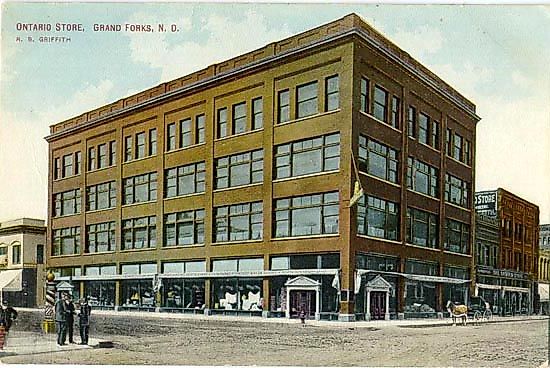
When Robert B. Griffith arrived in Grand Forks from Canada in the early 1880s, he was looking for opportunity. He opened a general merchandise business as a cluster of smaller buildings on 3rd and Demers. Griffith eventually replaced them with a striking four-story brick building, designed by local architect Joseph Bell DeRemer, that still stands tall today.
Back in its prime, the Ontario Store was a place where you could pick up clothing, shoes, housewares, and just about any everyday necessity, and it was part of the heartbeat of downtown Grand Forks. The business stayed in the Griffith family until the 1960s, serving generations of customers. These days, the building houses a range of businesses and services, such as The Loft Bar & Grill, which maintain and even highlight the exposed brick and industrial vibe of the original store, and if you look up from the alley, you can still spot the faint “ghost sign” that hints at its past.
Dr. S.W. Hill Drug Store
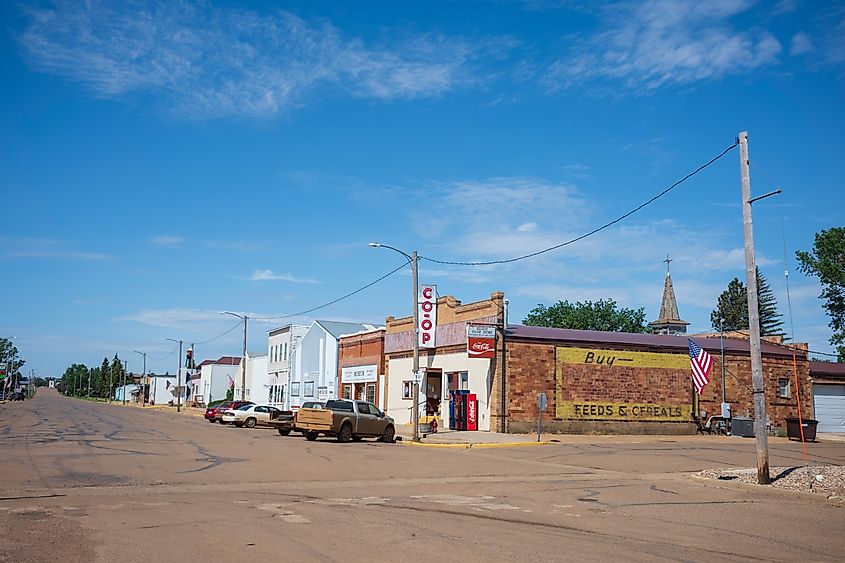
On Main Street in the quiet town of Regent, the Dr. S.W. Hill Drug Store tells a story that’s part medicine, part mercantile, and entirely rooted in small-town resilience. Built in 1910, this two-story building started as a combination pharmacy and general store operated by Dr. Hill, who served as both the town’s physician and its go-to shopkeeper. Today, the building is part of the Hettinger County Historical Society Museum, preserving a fascinating snapshot of early 20th-century prairie life. Restored with authentic period details, including original cabinetry, pharmacy jars, and product displays, it draws visitors who come for the Enchanted Highway’s famous roadside sculptures and stay for Regent’s unexpectedly rich local history.
General Stores That Shaped North Dakota
From restored landmarks like the Joe Ferris General Store in Medora to community staples like the Tokio General Store, these places not only sell goods but also tell stories. Each one captures a piece of North Dakota’s past through the details: handmade jams, vintage signage, worn wood floors, and friendly conversations that echo the way things used to be. Together, they offer a lasting connection to the state’s prairie roots and small-town spirit.
